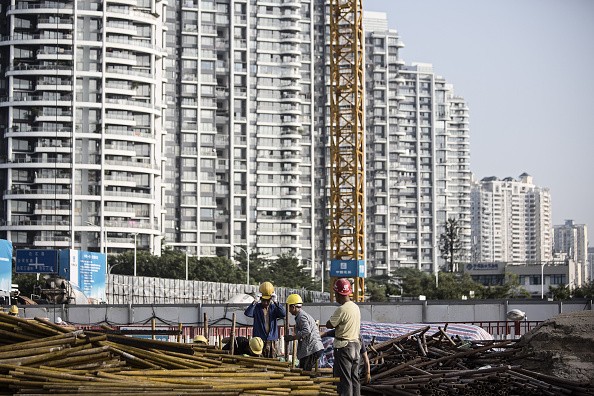The development in the Guangdong-Hong Kong-Macao Greater Bay Area is expected to sustain the growth of China's economy and further push economic development in southern China, according to industrial experts and officials.
Citing the annual government work report in 2017, the Xinhua News Agency said that the development of the city cluster in the Guangdong-Hong Kong-Macao Greater Bay Area will highlight the roles and strengths of Hong Kong and Macao in the country's economic development.
The building of the Greater Bay Area was first conceived in the 13th Five-Year Plan (2016-2020), which is an updated version of previous regional development plans such as the Pearl River Delta and the Pan-Pearl River Delta initiatives.
Sun Bushu, vice head of a city study institute in southern China, said that the "delta initiative" is mainly concerned with pushing development in the mainland while "bay area initiative" is focused on building external links and establishing a strong position in the global industry chain.
Taking into consideration the natural geographical conditions, the "bay area initiative" will lead in economic reform with its open economic structure, a more effective resource allocation and advanced communication with an international network.
Guo Wanda, executive vice president of the China Development Institute, cited top bay area initiatives in the world, such as the Bay Area near San Francisco, has well-developed service industries with major financial centers and transportation links.
Under the plan, the Greater Bay Area will include the Hong Kong Special Administrative Region, Macao Special Administrative Region, and nine cities in Guangdong Province, namely Dongguan, Huizhou, Foshan, Guangzhou, Jiangmen, Shenzhen, Zhuhai, Zhongshan, and Zhaoqing.
"The Greater Bay Area covers less than one percent of the country's land area and its population accounts for less than five percent of the total. However, it created 13 percent of the nation's GDP in 2015," Wu Sikang, an official with the Shenzhen municipal government, said.
The report said that the area's GDP has already reached $1.2 trillion as early as in 2014, twice that in the San Francisco Bay Area, and the imports and exports value was about $1.5 trillion.
While the Pearl River Delta first served as the "world's factory" with Hong Kong as the "storefront at the beginning of the reform, a new phase of development will take place in the 21 century, as Guandong, Hong Kong and Macao become integrated.
Lu Wenbin, a Shenzhen official, said that the Greater Bay Area will become important for the country's strategic development, adding that it will also become a cultural link that will connect Chinese, English and Portuguese as well as a bridge for the 21st Maritime Silk Road.
The area will be governed under the principle of "one country, two systems," and both regions will be autonomous.



























